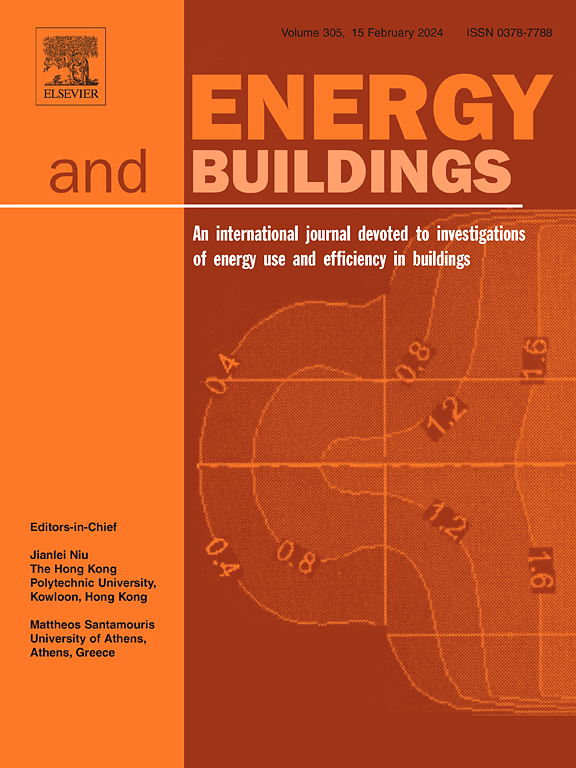A model-based continuous commissioning method for an efficient integration of ground source heat pumps in the building ecosystem
IF 6.6
2区 工程技术
Q1 CONSTRUCTION & BUILDING TECHNOLOGY
引用次数: 0
Abstract
This paper introduces a model-based continuous commissioning (MBCCx) methodology specifically designed for the identification of control-related performance gaps within heating, ventilation and air conditioning (HVAC) systems equipped with ground-source heat pumps (GSHPs). While conventional continuous commissioning (CCx) is effective in detecting energy performance gaps, MBCCx goes further by using a system model as a reference to pinpoint operational inefficiencies and control faults arising from subsystem integration. The core of the proposed methodology lies in a calibrated physics-based model that represents the system performance as intended during the design phase. A key advantage is its applicability early in a building’s operational phase, when data is limited, unlike data-driven methods that rely on extensive historical datasets. This enables the identification of energy-saving opportunities before the system reaches a stable operational state. To address the limitations of prior studies that often focus solely on individual GSHP component performance, this work pioneers the application of MBCCx to whole buildings equipped with GSHPs. The proposed approach employs a detailed 3D building model and component-level HVAC modeling to predict parameters such as room temperatures, heat pump power, and ground heat exchanger temperatures under normal conditions. Significant deviations between monitored values and model predictions serve as indicators of underperforming components or control sequence anomalies. The anomaly detection accuracy is then improved by merging HVAC system and GSHP performance indicators. The methodology is demonstrated through a case study of a recently retrofitted elementary school in Québec, Canada, equipped with five standing column wells as ground heat exchangers.
求助全文
约1分钟内获得全文
求助全文
来源期刊

Energy and Buildings
工程技术-工程:土木
CiteScore
12.70
自引率
11.90%
发文量
863
审稿时长
38 days
期刊介绍:
An international journal devoted to investigations of energy use and efficiency in buildings
Energy and Buildings is an international journal publishing articles with explicit links to energy use in buildings. The aim is to present new research results, and new proven practice aimed at reducing the energy needs of a building and improving indoor environment quality.
 求助内容:
求助内容: 应助结果提醒方式:
应助结果提醒方式:


